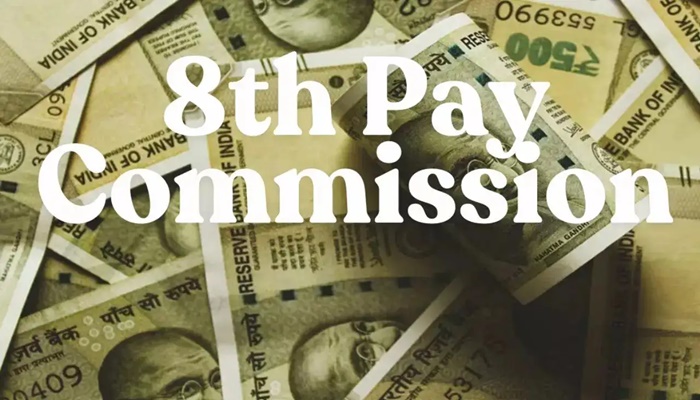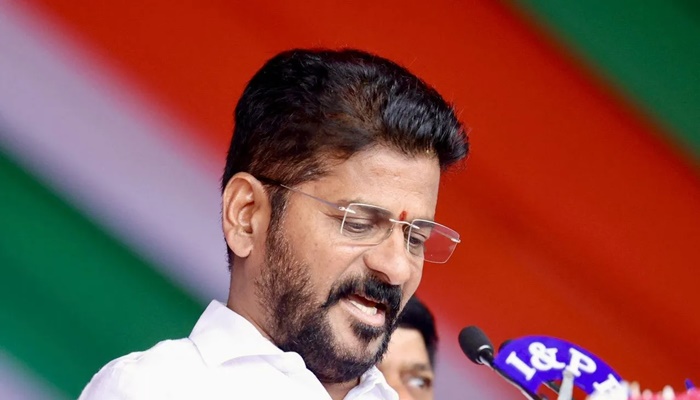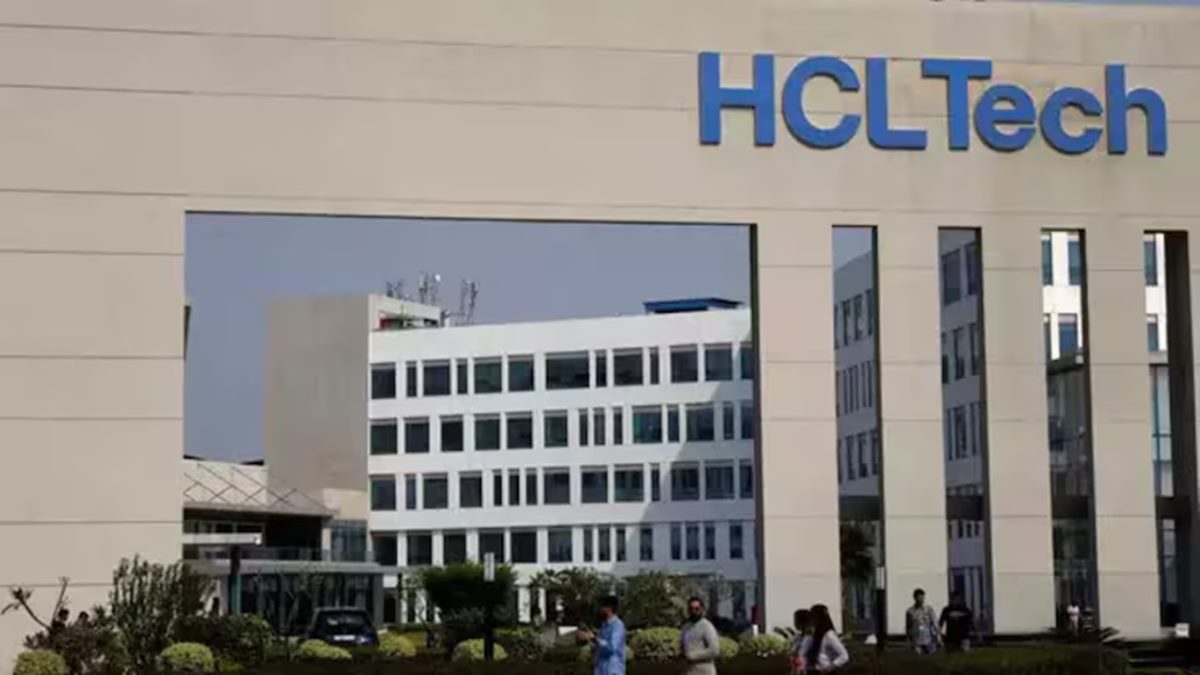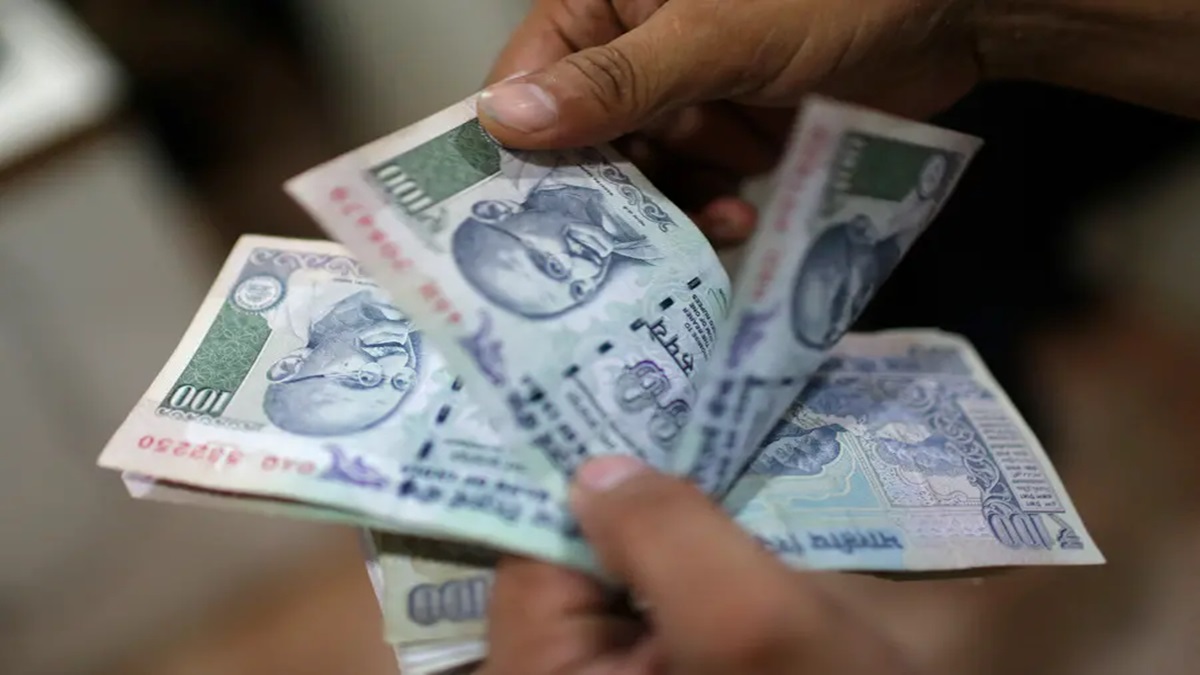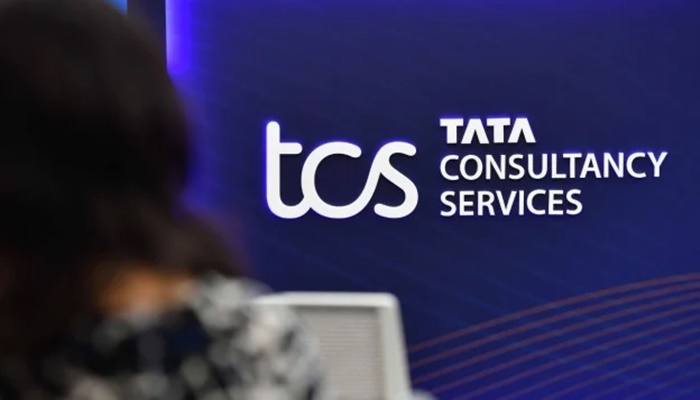Achieving financial independence on a modest salary may seem out of reach for many middle-class professionals. But over 11 years, one salaried individual steadily built a net worth of Rs 5 crore—without inheritance, business income, or sudden windfalls. His journey, shaped by disciplined saving, long-term investing, and strategic career choices, offers practical insights for anyone looking to grow wealth from scratch.
In 2013, a middle-class employee began his career with Rs 25,000 monthly salary. From the very beginning, he set aside 25% of his income as savings. His financial discipline grew stronger after he shifted back to his hometown, eliminating rental expenses and increasing his savings rate to 75%. By 2024, this approach helped him build a net worth of Rs 5 crore—a milestone he called his biggest achievement of the year.
Discussing his entire financial journey on the INDmoney YouTube channel, he credited this financial transformation to three key factors: prioritising career growth to increase his income, practising delayed gratification, and staying committed to equity investing. Importantly, he noted that having no debt and not paying rent gave him a significant head start.
Inspired by Long-Term Investing
A defining moment in his investment journey came during his stint as a wealth manager. There, he came across an ITC employee whose employee stock options had grown into a Rs 5 crore corpus over two decades. This real-life example solidified his faith in the power of long-term equity investing and compounding returns.
He entered the stock market in 2013–14, gradually building a portfolio that yielded annualised returns of around 18–20%. His stock-picking approach centred on small companies in growing industries, avoiding highly saturated market leaders. He preferred businesses that generated healthy cash flows, had minimal debt, and avoided red flags like promoter pledging or frequent equity dilution.
Crisis as an Opportunity
The 2020 market crash proved to be a turning point. His portfolio fell by 45% during the COVID crisis. Instead of panicking, he doubled down and bought more stocks as the Nifty Index dropped to the 8,000–10,000 range. This aggressive move paid off, helping his portfolio recover strongly in the following years.
Today, 90% of his assets are in equities, while the remaining 10% is split between cash, NPS, and EPF. He has also started exploring passive income sources such as REITs and infrastructure investment trusts, including IndiGrid, which offers nearly 10% yield.
Living Within Means and Planning Ahead
Despite achieving a high net worth, he remains cautious about early retirement. His current monthly expenses stand at Rs 1–1.2 lakh, and he believes that Rs 5 crore may not be enough to sustain financial independence in the long term, especially with rising education and lifestyle costs.
He also highlighted how pursuing an MBA helped boost his income significantly, compared to peers who joined the workforce right after engineering. In his early years, he opened a PPF account and delayed luxury purchases, even buying his first iPhone only after accumulating a Rs 10 lakh portfolio.
Avoiding Common Pitfalls
Looking back, he cautioned against getting swayed by investment fads like cryptocurrencies or bankrupt stocks. He emphasized the importance of building a solid foundation first and sticking to long-term fundamentals. In one of his online interactions, he underlined that staying invested for the long run was far more effective than trying to time the market.
He summed up his philosophy by saying that while investing is undoubtedly challenging, the long-term grind of working 9 to 5 for 40 years is even harder.
